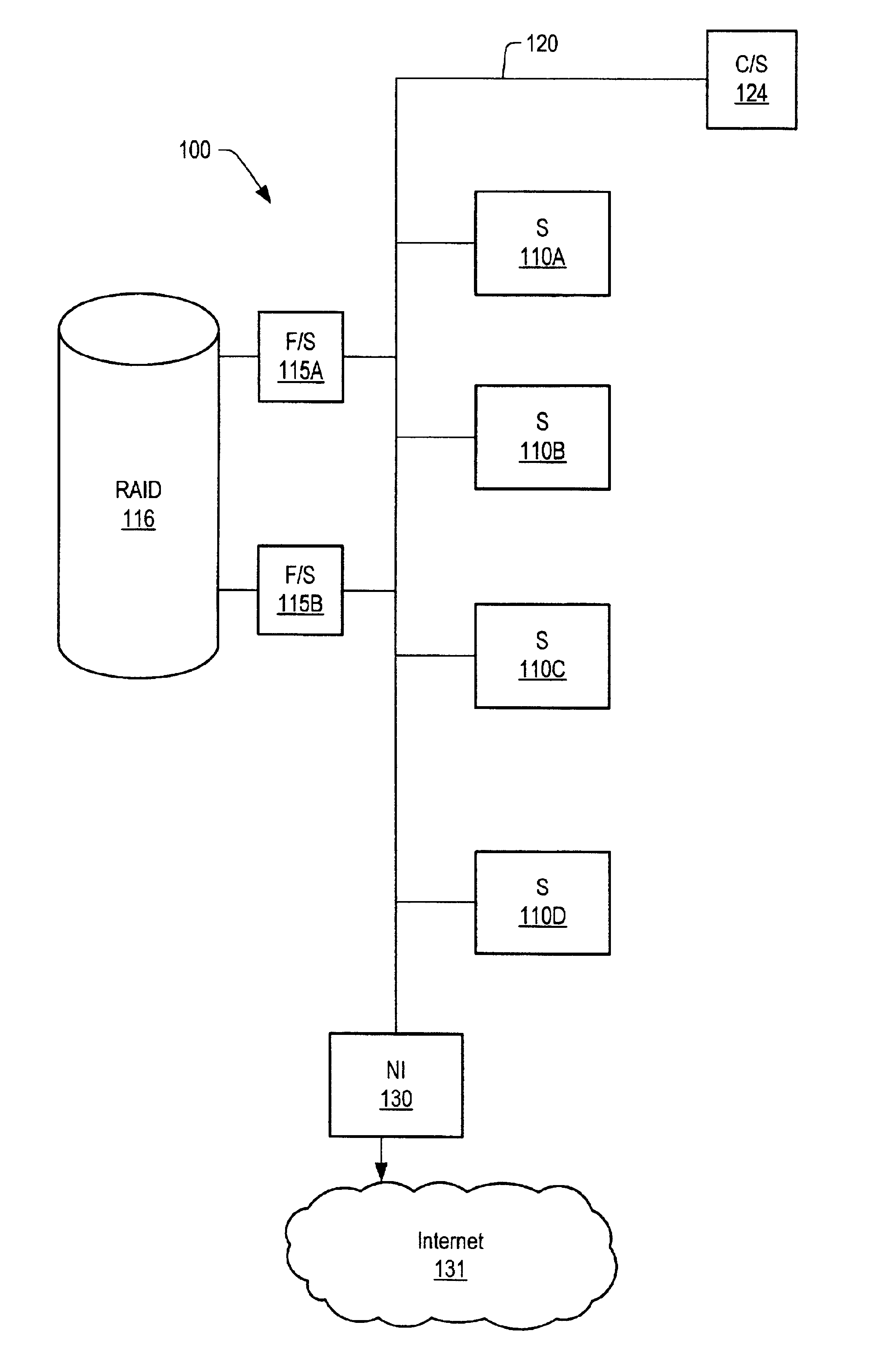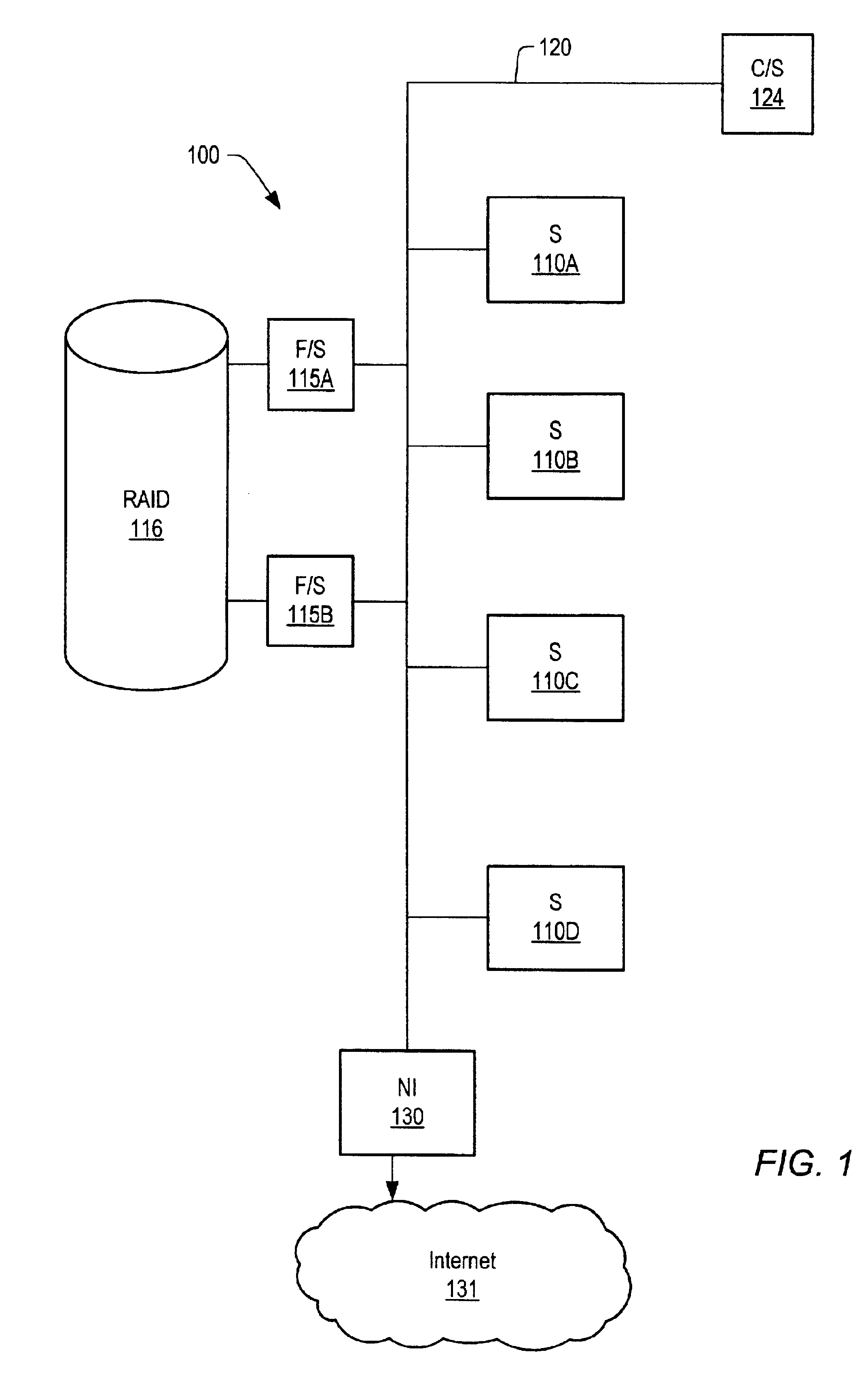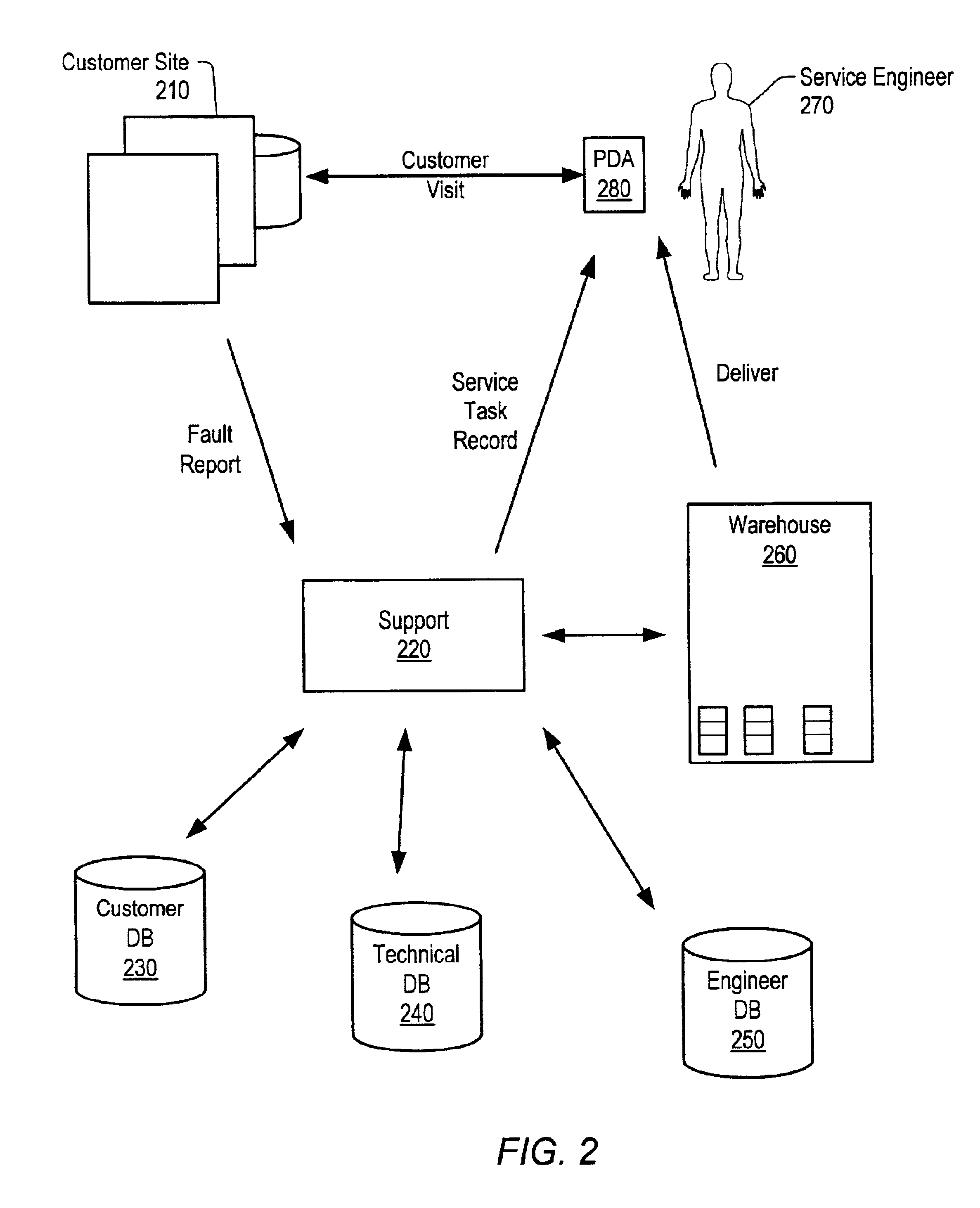Modern computer systems often comprise many components interacting with one another in a highly complex fashion.
The ongoing maintenance of such complex systems can be an extremely demanding task.
Although remote support can be extremely sophisticated and useful, it cannot address all possible situations.
In addition, there may well be circumstances in which
software components cannot be installed or upgraded remotely, for example because of basic limitations in the
machine architecture, or because of defects in the existing
software (such as the
communications software itself not functioning properly and so being in need of maintenance).
Thus allowing remote
software access to a
machine potentially compromises the security of
machine, and provides hackers or other external agents with a possible
route to
gain access into the machine.
Although the majority of software service operations can typically be performed by customer staff themselves, who are often familiar with the software environment of the installation, this is not generally true for hardware maintenance.
However, even although such
service personnel are usually highly trained, the complexity of modern day computer systems is such that their task can be potentially daunting.
In contrast, computer service engineers have to operate on-site at customer locations, and can therefore only be provided with relatively minimal, portable equipment for their visits.
However, there is no such homogeneity in computer installations, even sometimes from the same manufacturer.
A further complexity is that there can be multiple copies of the same unit within the computer
system.
This
backup system is then available to be brought on-line in the case of a fault, but is otherwise non-operational.
As a result of the above, the
service engineer arriving at a customer location can be faced with a challenging task.
It will be appreciated that this search for the correct unit generally adds to the time required for the engineer to perform the desired service operation, and so decreases his / her overall productivity, in terms of the total number of tasks that can be accomplished in a given time.
This in turn will translate into increased costs, whether these have to be met by the manufacturer (for example as warranty support), by the
service provider, or by the customer (who it could be argued ultimately pays the cost anyway).
This is a particularly sensitive issue, given that projected
total cost of ownership, in other words the combination of both initial purchase and subsequent support costs, is becoming an increasingly important factor for customers when buying
computer equipment.
Furthermore, in an environment in which there are frequently shortages of skilled personnel, the reduced productivity caused by problems in having to locate a given FRU can lead to customers having to wait longer for repairs.
Not surprisingly this can result in increased customer dissatisfaction.
Potentially an even more serious problem is that
confusion as to the location and identity of any particularly FRU may lead the
service engineer to make a mistake.
It will be appreciated that at best this can lead to wasted time and further expense, either by prolonging that service visit, or potentially necessitating a subsequent visit, while at worst there may be damage to the customer machine and / or data.
In addition, there is almost certainly going to be a negative effect on customer confidence, and the system involved may develop an unwanted reputation for poor serviceability (even if the support is being provided by an organisation other than the original system vendor).
In summary therefore, it will be seen that the service arena is a very challenging one, but one that has a significant commercial
impact in terms of performance, cost, and
customer perception.
 Login to View More
Login to View More  Login to View More
Login to View More 


